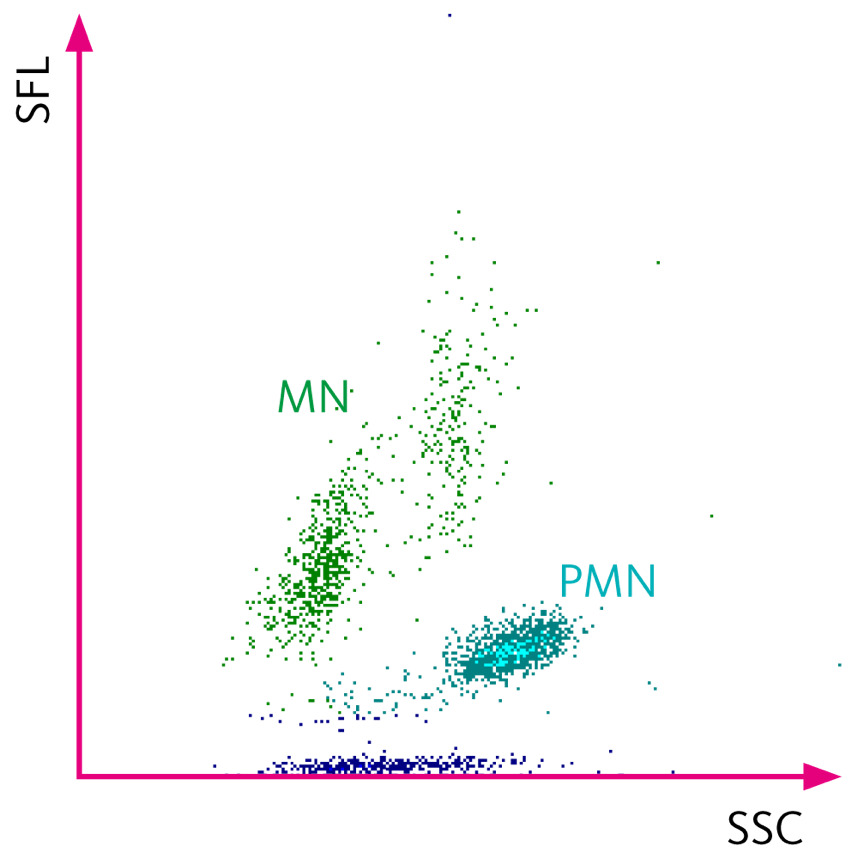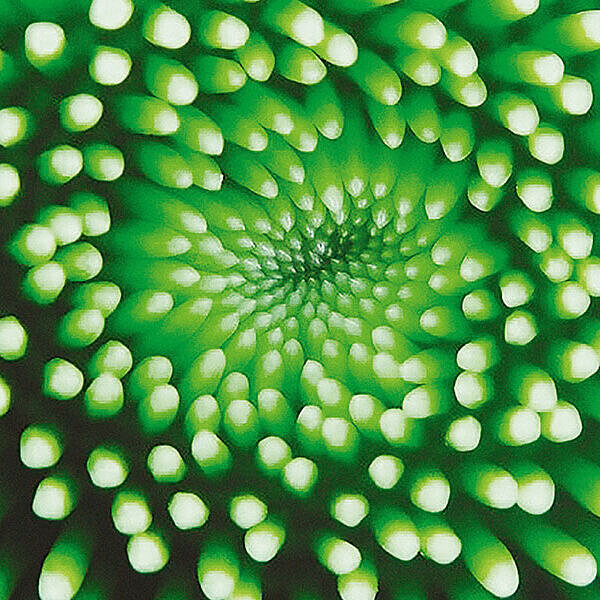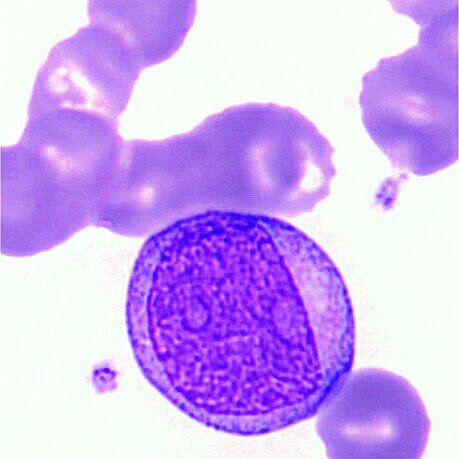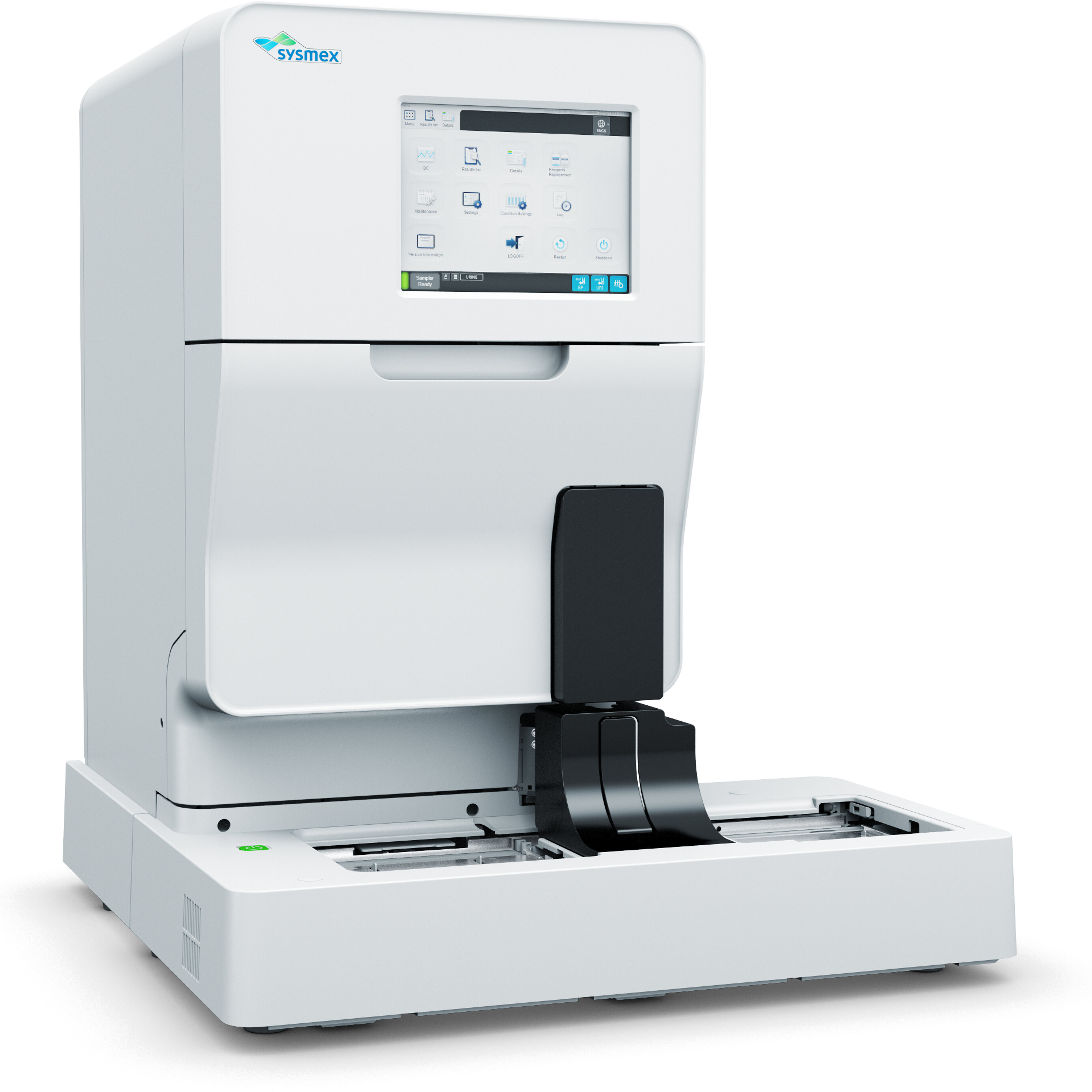The optional Body Fluid application ‘BF’
Analysing body fluids on Sysmex’s five-part differential haematology analysers consists of a cytochemical reaction of the cells with specific, proprietary reagents, followed by fluorescence flow cytometric analysis and impedance measurement with hydrodynamic focussing.
The Body Fluid application uses the WDF channel and the RBC/PLT channel in a specific Body Fluid mode. It delivers total nucleated and white blood cell counts, with WBC differentiation into mono- and polymorphonuclear cells, and an RBC count. The Body Fluid application is suitable for cerebrospinal, serous and synovial fluids as well as CAPD, without needing pre-treatment of the samples.
The white blood cell count (WBC-BF) is of important diagnostic significance, particularly in CSF samples, whereas the total nucleated cell count (TC-BF) mainly plays a role in other fluids, such as pleural fluid. Both parameters are available after every measurement. TC-BF includes all nucleated cells such as macrophages, mesothelial cells, tumour cells, and white blood cells.
Body fluid analysis with fluorescence flow cytometry
The lysis reagent initially perforates the cell membranes while leaving the cells largely intact. The fluorescence marker then labels the intracellular nucleic acids (mainly RNA), whereby the intensity of the resulting fluorescence signal is directly proportional to the nucleic acid content.
The sample is then analysed using fluorescence flow cytometry. The measurement signals related to forward scatter (FSC), side scatter (SSC) and side fluorescence (SFL) are analysed and depicted either in 2D scattergrams, which display the cells according to their nucleic acid content and their internal structure, or additionally in a 3D scattergram (XR-Series only). Cells with similar cytochemical properties fall within the same area in the scattergram and can be separated using an advanced software algorithm.
Due to the elevated RNA content, immature cells or cells which are not blood cells and are also much larger, for example mesothelial cells, appear with a strongly enhanced fluorescence signal. As a result, they are detected within the scope of the BF analysis and can even be counted.
RBC and non-cellular particles do not appear in the scattergram, because they lack nucleic acids and are therefore not labelled by the reagent. This reduces the possible interference factors and enables a specific and sensitive measurement, such as is necessary with low cell concentrations.
XR-Series analysers use signals from the scatter of laser light at two angles (FSC and SSC) and fluorescence signals (SFL). Each detected blood cell has its individual x-, y- and z-coordinate values representing the FSC, SSC and SFL signal, respectively. Using advanced algorithms, XR-Series is able to identify and cluster cell types, especially abnormal cells, by their size, internal complexity and DNA/RNA content. The result of this analysis is reflected in the 3D scattergrams, which can be rotated in every direction to inspect the cell populations from different angles.
Benefits for laboratories and clinicians
- Sysmex’s Body Fluid application for haematology analysers offers automated measurement of different body fluids at any time (24/7) – simple, fast and standardised – without pre-treatment of the samples. This also means a reduced number of time-consuming manual chamber counts.
- The Body Fluid application is optionally available on XN-L Series, XN-Series and XR-Series analysers. Analysis time is only 90 seconds (XN and XR) or 120 seconds (XN-L).
- The increased counting volume in BF mode – two- or threefold compared to a counting chamber of 3.2 µL – ensures excellent reproducibility of the results, in the clinically relevant range, and independent of the operator.
- A wide range of validation rules specific to different body fluids (available optionally with Extended IPU) offers a high degree of standardisation and security, even on weekends and during night shifts.
- Measuring CSF in the BF profile can rapidly support clinicians in excluding or confirming meningitis and its possible cause with the help of the white blood cell count (WBC-BF) plus their differentiation into polymorphonuclear (PMN) and mononuclear cells (MN).
- Publications* support that the information on the absence of highly fluorescent body fluid cells** (HF-BF**; includes macrophages, mesothelial cells, or tumour cells) could help clinicians in excluding malignant conditions in samples of serous fluids.
- Analysing a peritoneal dialysate in the BF mode can, with the aid of the eosinophil determination** (EO-BF**), support clinicians in differentiating between peritonitis and an allergic reaction.
* For references to independent publications, please visit our publications or contact your local Sysmex representative.
** Research parameter
Documents for download
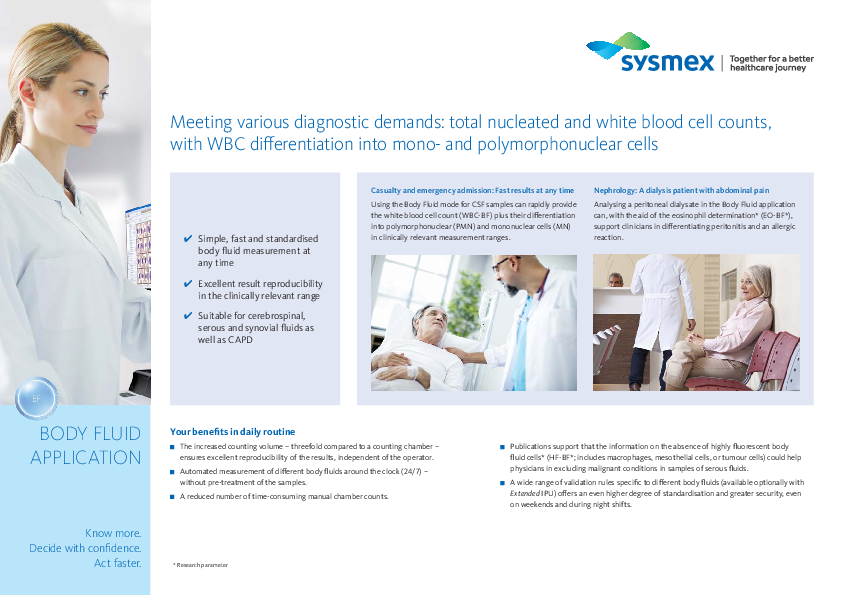
Meeting various diagnostic demands: total nucleated and white blood cell counts, with WBC differentiation into mono- and polymorphonuclear cells
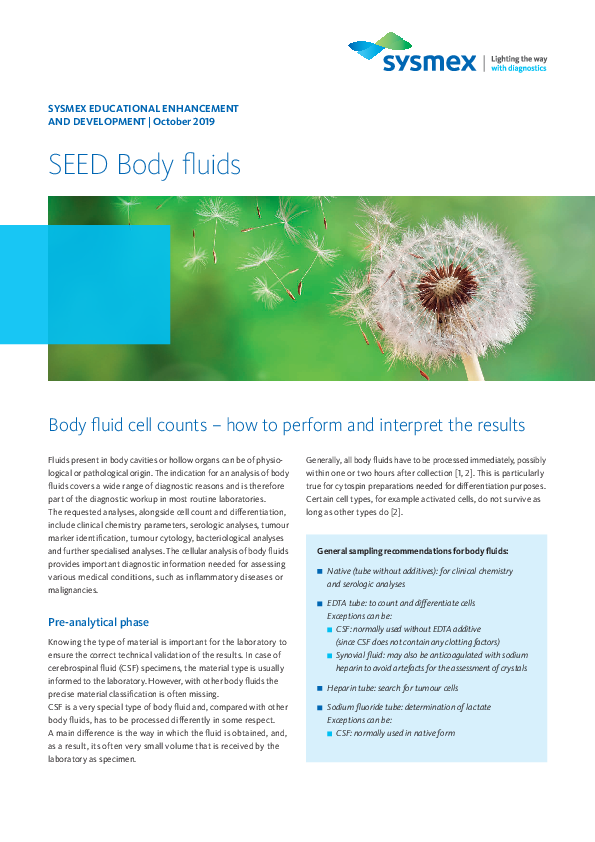
This SEED article is meant to explain the findings focused on cell count and differentiation for pleural, ascitic, cerebrospinal and synovial fluid as well as for CAPD. Traditionally, body fluid counts are performed by manual counting under a microscope using a haemocytometer, but laboratories now have the option of automating their manual processes using automated haematology or urinalysis analysers. This SEED summarises the advantages and disadvantages of haemocytometry and Sysmex analysers and explains briefly the XN-BF mode.

